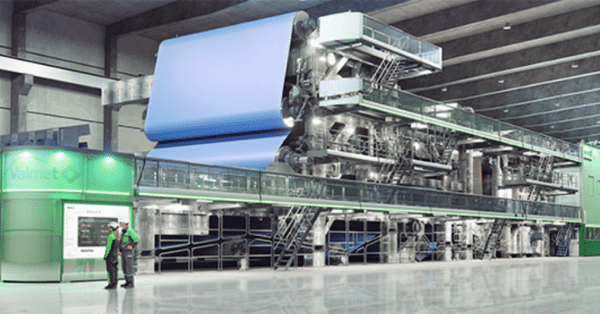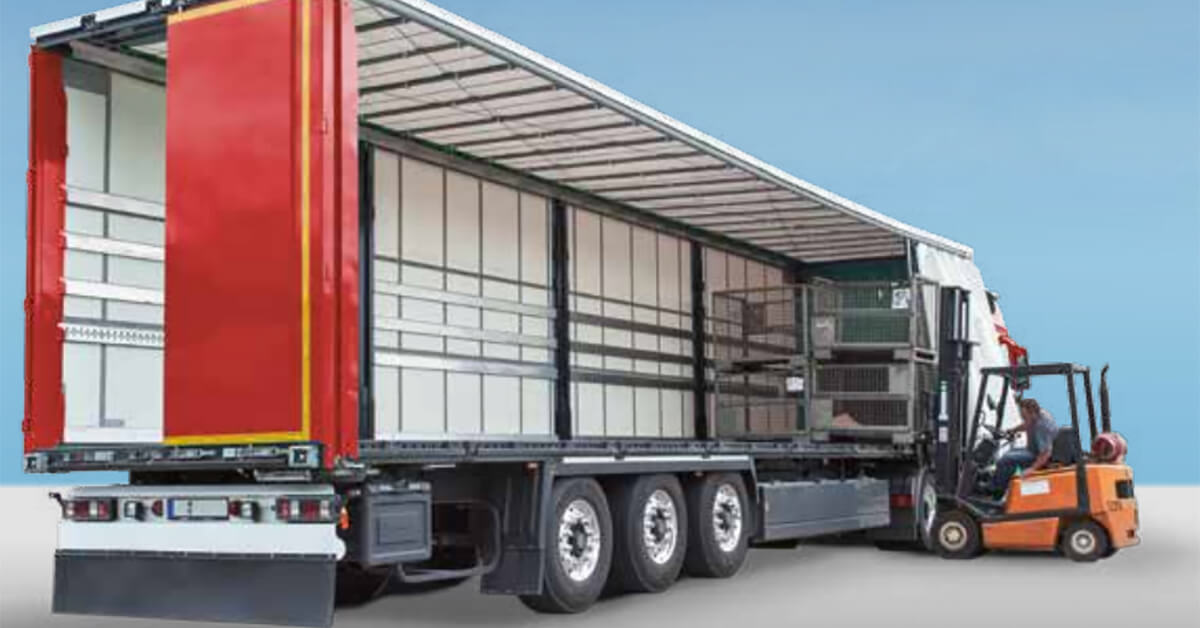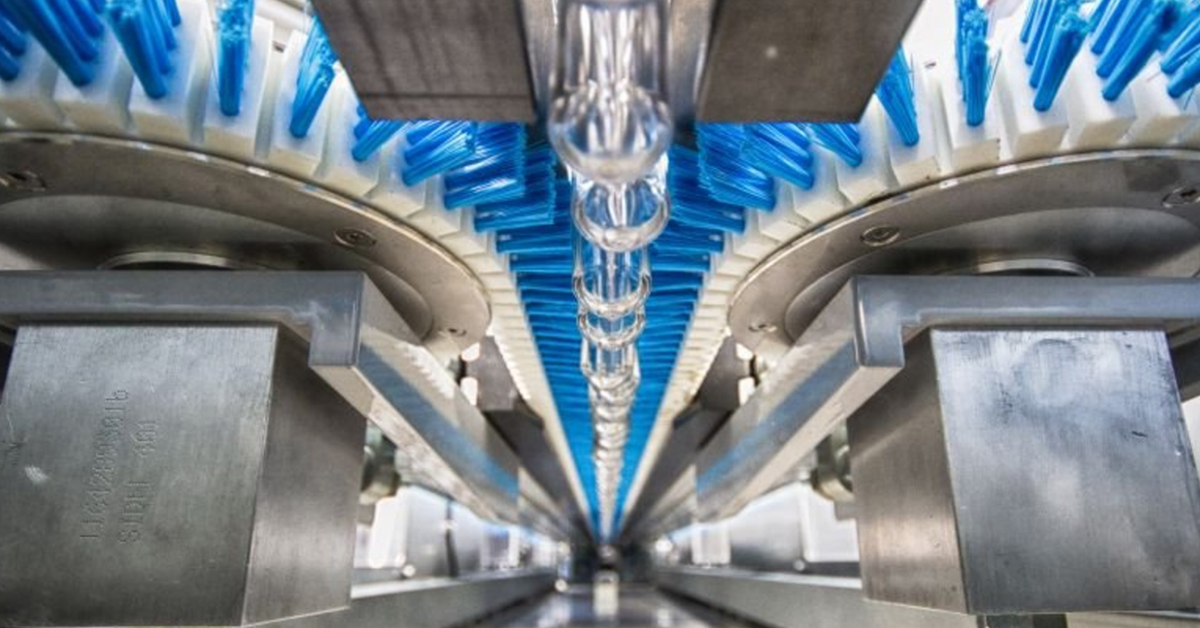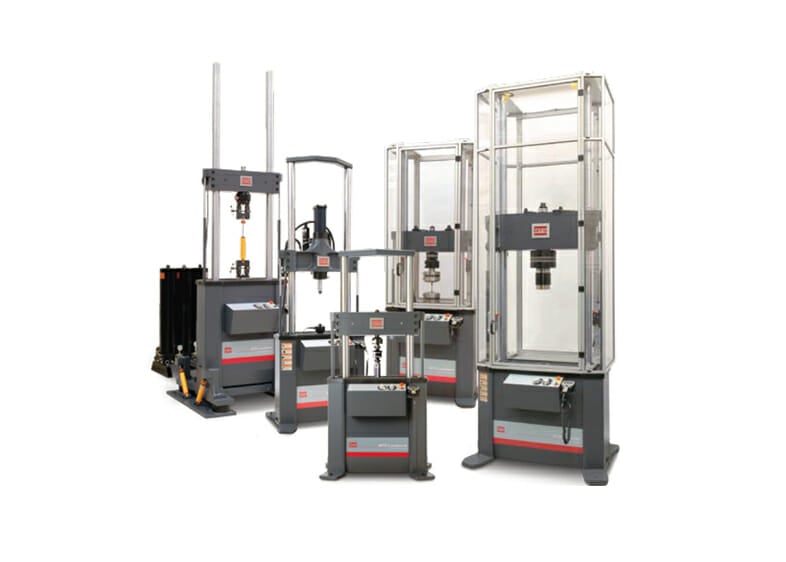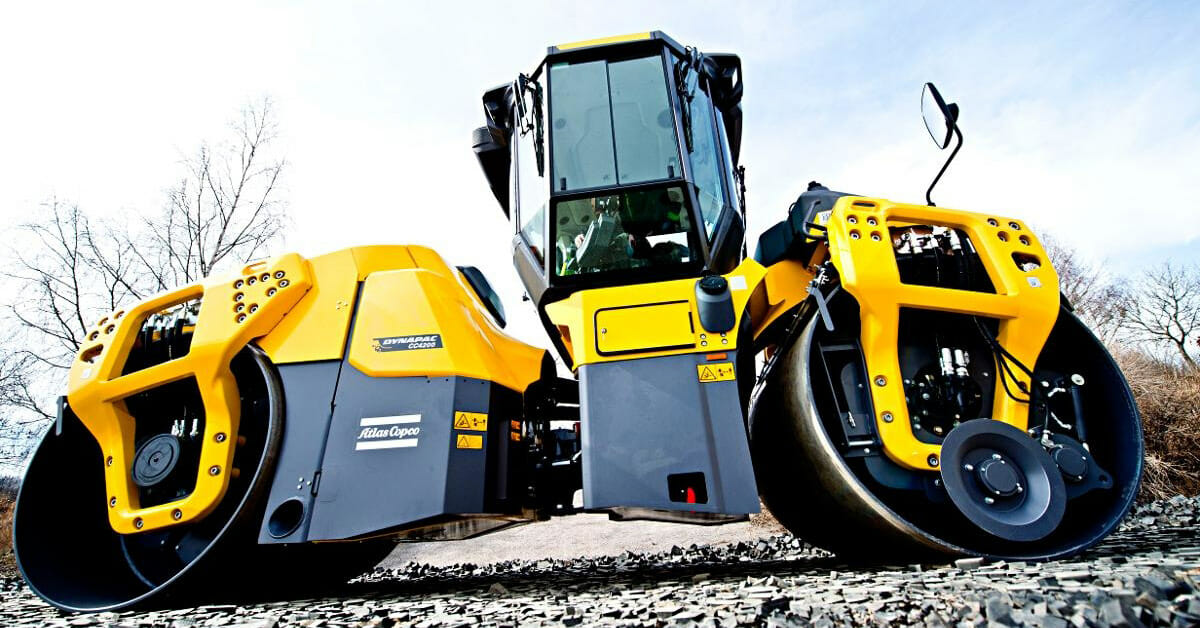CASES
Cut Time to Market by 50%
Case Story
Husqvarna

Husqvarna Group is a world leader in outdoor power products including chainsaws, trimmers, lawnmowers and garden tractors. The offering includes products for consumers and professional users and is available via dealers and retailers in more than 100 countries.
Acquisitions, regional product variations and low-cost competition all meant Husqvarna needed to find new ways to rationalize part numbers, lower costs and globalize product design. The goals were clear: improve profit margins, speed up time to market and meet customer demands for product variations. Husqvarna turned to Modular Management and two leading brands of electric string trimmers with annual sales of over 500,000 units led the way in a modular design project.
The results? 50% faster time to market for new SKU’s, up to 25% reduction in manufacturing costs, 50% less resources to develop new products, substantial reductions in inventory across the supply chain and, best of all, a significant increase in EBIT margin despite fierce competition.
Summary
Cut Time to Market by 50%
Acquisitions, regional product variations and low-cost competition all meant Husqvarna needed to find new ways to rationalize part numbers, lower costs and globalize product design. The goals were clear: improve profit margins, speed up time to market and meet customer demands for product variations. Husqvarna turned to Modular Management and two leading brands of electric string trimmers with annual sales of over 500,000 units led the way in a modular design project.
Business Value
- Developed profitable entry-level price point product
- Freed-up resources to develop more new products
- Entered new markets with unique product variants
- Drastically reduced amount of inbound inventory
- Maintained low Service Call Rate with less effort
- Reductions in inventory across the supply chain
-
Significant increase in EBIT margin despite fierce competition.
Result
- 50% faster time to market for new SKUs
- Up to 25% reduction in manufacturing costs
- 50% less resources to develop new products.
Full Story
Business Situation
The global annual market for Husqvarna’s products is estimated at approximately 23 billion USD. North America accounts for approximately 60% of this market, Europe for more than 30% and the rest of the world for less than 10%. Demand is driven overall by the general economy, the level of activity in the forest and construction industries and private consumption of household capital goods. Average annual growth in global demand is estimated by Husqvarna Group at 2-3% per year in terms of volume.
Strong local variations in product volume occur as a result of weather conditions, primarily regarding garden equipment. Garden products also experience a strong seasonal cycle where the vast majority of products are purchased in the spring. To grow the company and counter the fluctuations in the business, a number of companies were purchased by the Group starting in the late 1990s and continuing through the early 2000s. Many brands were added to the portfolio along with manufacturing facilities and engineering resources. These lead to business complexity with an expensive range of components that needed to be source regionally and many times in high cost countries. By 2010, to increase operating margin, executive leadership was looking to fully integrate the various businesses and transform the company into a strong global player with effective and efficient functional organizations.
One of the key strategic moves was to reduce technical platforms and unique components by Modular Design. And one key product group in the handheld category is string grass trimmers, which uses a flexible, monofilament line for cutting grass and other plants near objects like fences. String trimmers are powered by either a gasoline engine or electric motor. The market for electric string trimmers was extremely competitive with fierce competition in all geographies. In the United States, especially, it was hard to make a profit. Competitors from China were buying market share by accepting 1% EBIT margins. To survive, Husqvarna needed to reduce their cost of goods sold, maintain price points and keep their market share.
Product Marketing & Management
The five Husqvarna brands for electric string trimmers were Gardena, Flymo, McCulloch, PoulanPRO and Weedeater. The aim was to develop a stronger brand image for these electric products while creating synergies across brands and simplifying the business.
In the same timeframe, the market opportunity for battery powered units was growing. Battery technology had matured where the price and performance were becoming attractive to consumers.
Husqvarna had a challenging position with retailers in North America where retailers strive to have unique products for their stores. These unique stock-keeping-units (SKUs) enabled more differentiation with other retailers and avoided having to match prices. Husqvarna sales teams had to respond to these demands which drove complexity and cost in operations. This situation deemphasized the brand identities that were product performance-based, and aesthetic features were about the only thing that could be maintained.
The Executive Leadership sought a way to proactively and systematically make product decisions that 1) ensured commercial success and 2) enabled improved operational efficiency. A part of the answer was to put more emphasis on product planning to provide input to a market driven modular design of the next generation product lines. This was a difficult initiative that involved changing the roles and responsibilities of both the marketing and sales functions.
Product Design & Engineering
Husqvarna engineers were in charge of creating the technical specifications and incorporating the features and look of each brand. The detailed engineering of the products was sometimes outsourced to low-cost suppliers who would complete the designs, set up the inbound supply chain, and sometimes manufacture the product, put it in a box and ship it directly to Husqvarna’s market channels.
In many cases, the design teams would maintain a unique trimmer platform for one specific product for one specific retailer. There was little sharing of efforts between the different design sites as each was focused on supporting their specific products and a broad range of unique designs. Husqvarna sought to create an engineering organization that would share designs and design efforts to improve the efficiency of new product development.
To keep up with competition and demands from the sales channels, Husqvarna needed to introduce new products every year. Since few components were shared across brands, this drove complexity in all parts of the business.
Product Operations
Depending on brand, different supply chains were being used. The Gardena brand products were assembled in Husqvarna’s factory in Ulm, Germany, and the distributed to many retailers throughout Europe. The Flymo brand was fully sourced from suppliers, and sold through a few big retailers in the UK. In USA, the El. Trimmers were sold under the brand WeedEater, these products were manufactured in the Husqvarna factory in Shanghai, China.
The demand for trimmers occurs primarily in the spring season. Manufacturing starts in late fall and continues throughout winter, while finished products are stored in warehouses. It’s important for the company to accurately predict the volumes for the upcoming year because it is difficult to recover once the buying season has begun.
Goals for the Modular Architecture
The primary objective for electric string trimmers was to create a global portfolio of brands with a uniform approach for each brand across all channels and geographies. Husqvarna looked to Modular Product Architecture as the key enabler for more profitable product families. A global product architecture would combine the needs of the various brands and regions into an efficient family of products. The product development teams would work together to develop it, and the suppliers would be able to complete the detailed designs and build the products in a more uniform and optimized way.
The leadership team wanted to maximize commonality for the Husqvarna medium and high end product range that was designed and manufactured in-house, outsourcing the low end products. For the medium and high end products the goal was to leverage the use of a modular architecture to the largest extent, creating product families, technical platforms, and technical commonalities. The primary desired outcomes were to reduce the cost of R&D and tooling.
Electric string trimmer product activities at Husqvarna were a small portion of the products sold by the company. They faced the same challenges as the other products, but on a smaller scale. Husqvarna chose to focus here to prove the benefit of modular architecture and establish how to best make the transformation with modularity.
Modularity as a Business Enabler
In this highly competitive market, prices were trending downward for electric string trimmers, and Husqvarna was starting to lose market share. Their ability to maintain their market share and potentially grow was based on a faster cadence of new product introductions. This opportunity was about refreshing the existing products faster rather than increasing the number of different product variants.
Since the magical entry price point for electric trimmers in the mid-price segment was moving down towards 50 Euros, it was necessary to significantly reduce the manufacturing cost of the trimmer. This was quite a task. To enable this cost reduction, they needed to reduce part numbers for the new range by 40% and reduce new parts introduction by 60%. Furthermore, the complexity reduction enabled the goals of reducing the inventory level by 30% while improving the on-time delivery performance.
Business Results
During the project, there was a redefinition of brands across all Husqvarna products. This changed the scope of the modular architecture, and some brands were slated to only be petrol powered and others were upgraded to more professional products. The electric trimmers sold under the WeedEater brand for the US market became independent and managed from Husqvarna’s US organization.
The focus was placed on the Gardena and Flymo brands with a combined volume of 500 000 units annually.
With the new products based on the modular architecture, the manufacturing cost has been reduced by 5 – 25%, depending on brand and product, yielding a significant EBIT margin increase. Furthermore, the inbound inventory had dropped significantly, as predicted and targeted by the project. The resources required to introduce a new SKU’s was also significantly reduced and the time to market for a new SKU was dropped by more than 50%. With the efficiency gained from the modular architecture, resources were freed-up for other projects. Moderate growth has also been achieved by entering markets in different countries with a few new SKUs.
Product Marketing & Management
After the modular architecture was completed, the entry-level price point for an electric string trimmer was well established at 50 Euros. Without the manufacturing cost reduction from the modularity program, Husqvarna would not have been able to sell these products with profit at these low price points.
“The electric trimmer market is about fierce competition. Without modularity, we would have lost market share.” says then Director of Product Management, Martin Lienhard. “Now we are competing with regular feature upgrades, and this was not the case before the modular product architecture”.
Looking ahead, Mr. Lienhard commented, “One promising segment is Demanding Consumers. It will take off, but we do not know when. So we are watching it and have the ability, thanks to modularity, to react fast when it happens.”
Product planning has taken on a much longer-term view. The evolution of a product variant is predicted and the impact to the product design is plotted in terms of the modules that will stay the same and the ones that require new variants to be developed.
Product Development Engineering
The design teams saw much higher certainty on projects coming into the queue and could work more confidently without being constantly redirected. The framework from developing a modular architecture created a new mindset. The approach, starting from business factors, has made the engineers more cost aware and better able to design in efficiencies. Projects are well defined up-front with engineering input, and they are being completed faster, on-time and on-budget. The module design project gave opportunities to design-out cost everywhere, contributing to the up to 25% manufacturing cost reduction.
The Project Leader and Product Manager, Felix Wegerhoff, says that “The big impact was the shift in mindset coming from the systematic approach of Modular Management’s method to modularize a product family called Modular Function Deployment® (MFD®). It makes it easier and more predictable to develop new product families.”
In the development projects, the teams are now talking about modules. A new project is judged on how many new module variants need to be developed. The teams can focus on these smaller chunks and work more efficiently, rather than redesigning the entire trimmer architecture every time.
The design teams for the Gardena and Flymo brands were centralized to Ulm, Germany, and the Flymo R&D site in Aycliffe, United Kingdom was closed. The R&D team in Ulm is grateful to the modular product architecture work when developing new products for multiple brands and many retailers, which now come about at lead times less than half of what they were beforehand.
Product Operations
The modular structure of the new electric trimmer product lines has reduced the need for inbound inventory and the quality measured by the Service Call Rate (SCR) is maintained with much less effort than before.
Given the optimized supply chains for the different brands, the time and effort to introduce a new model has dropped by more than 50%. This enabled the new products to be launched to the market in the three separate waves that were much closer together in time. From the modular architecture, the module variants necessary for a wave were developed, using the standardized interfaces defined in the up-stream conceptual modularization work.
First, the Flymo (mains and battery) products for the UK market were launched in 2014. These products are now fully sourced (trimmer in box) from suppliers and shipped directly from suppliers to a few very large retailers in UK.
Gardena (battery) products for the EU market were also launched in 2014. Components are now sourced and assembled into modules at the suppliers. Final assembly to products is made in house.
The third wave was the Gardena main product lines for the EU market. These products were launched in 2015. Components are now sourced and assembled into modules at the suppliers. Final assembly to finished products is made in house.
Modular Architecture in Action
The majority of the cost savings came from the new Power Module. This module provided 80% of the common parts shared between the Gardena and Flymo products. The module had four plug-in electric module variants and two cordless module variants.
The whole motor, drive unit and shaft was to be sourced as a single unit and shared among all of the products. At first, it was difficult to find a supplier that would manufacture the power module based on the exact specifications. It was important to get the suppliers involved early so that they could strike the right balance. The four plug-in module variants differ by the motor, while the lowest power variant does not include the ball clamshells at the trimmer head. The two battery-powered module variants differ only by geared drive or direct drive.
All of these parts are common across the whole product family:
- Cable Grommet
- Switch
- Capacitor
- Internal Cable
- Al Tube End Plug (x2)
- Al Tube
- Height Adjustment Nut
- Ball Clamshell Loc
- Ball Clamshell Cov
- Ball Kick Spring
- Motor
- Motor Mounting Plate
- Cutting Head
- Spool
- Cutting Linev
- Cutting Head Cap
- Line Feeder
- Cutting Head Spring.

